About v12n6, 2017 Preview, Thank You!
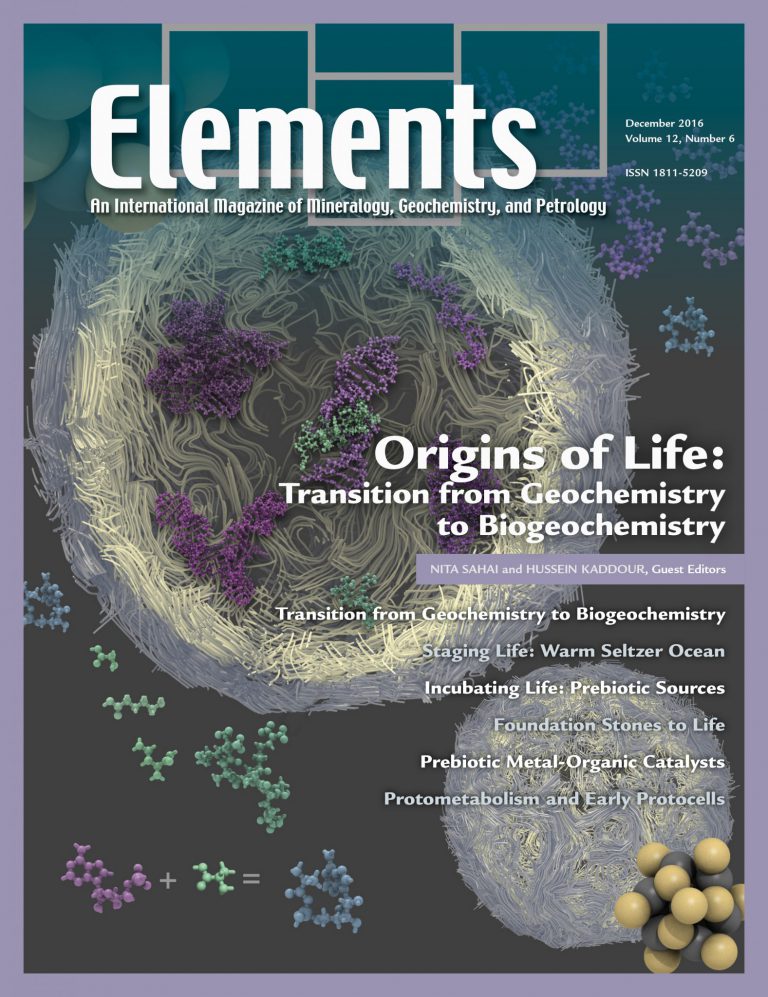
How did life arise from inorganic molecules? Did it develop in an early Earth primordial soup or was there an extraterrestrial source? Although the answer to the origin of sentient life has yet to be discovered by scientists, the origins of the genetic blueprints for life (e.g. RNA), the workhorses of life (e.g. proteins), and the protective membranes for life (e.g. lipids) are rapidly being uncovered.
About v12n5; Publishing in Elements – Call for Proposals
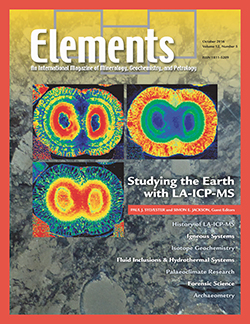
What do bears and geologic materials have in common? It is true that geologists can encounter both during summer field work. They were also both present during the recent 2016 Geological Society of America annual meeting held at the Colorado Convention Center (Denver, USA). But, bears and geologic materials have another thing in common. They can both be studied using laser ablation inductively coupled plasma mass spectrometry (LA–ICP–MS). Using this technique, bear fur can be analyzed for trace metals which provide an estimate of a bear’s diet. And, as authors in this issue attest, this technique can be successfully used to study an endless variety of Earth and related materials. Obviously, a single issue of Elements can’t cover every aspect of LA–ICP–MS nor its application in Earth sciences. But, the authors of this issue have provided us with a nice overview of this technique and the power it has given scientists to study the world around us. We also encourage you to read this issue’s Elements Toolkit article which overviews some recent and exciting new advances in the development of this useful technique.
About v12n4 Global Nuclear Legacy; Elements Website, Facebook, Twitter; 2015 Impact Factor
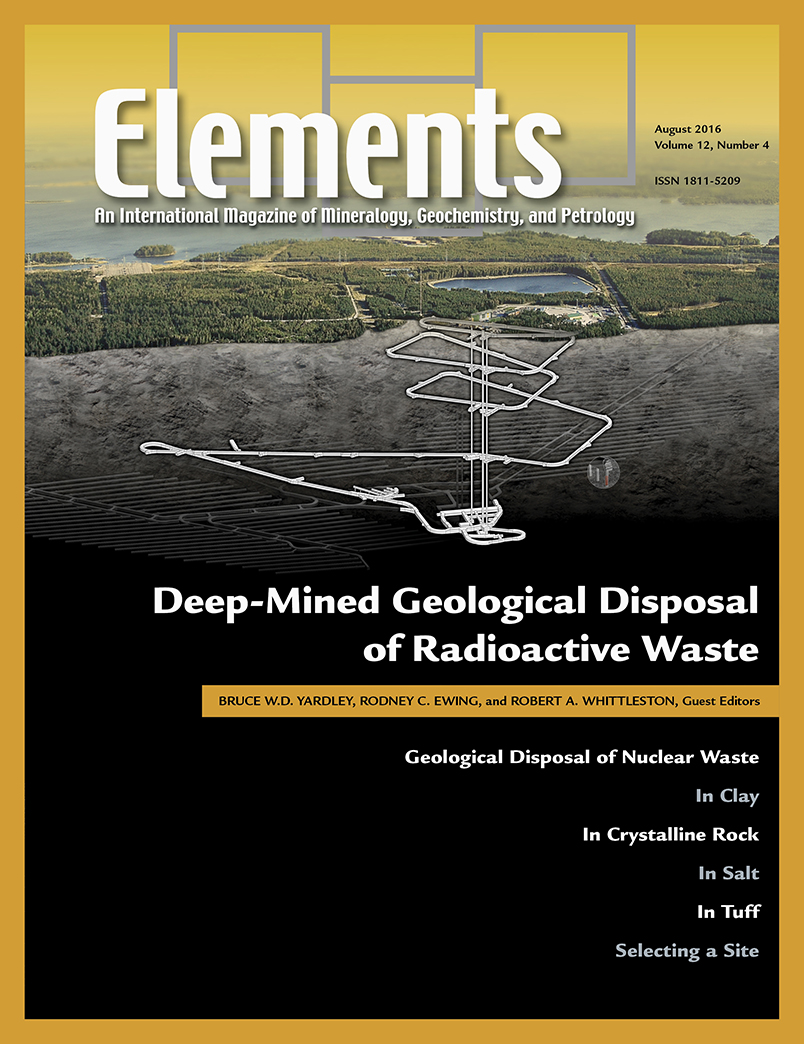
For over 70 years, in the local community where the Elements editorial office is located, the residents have been living in the shadow of the Hanford nuclear production complex (eastern Washington, USA). During its heyday (1943–1987), this US government facility was responsible for producing 67.4 metric tons of plutonium for nuclear weapons from its 9 nuclear reactors and 5 processing plants. This was an inefficient process that generated ~53 million gallons of solid and liquid radioactive waste, which is stored in 177 large underground tanks, and ~450 billion gallons of liquids from the nuclear reactors which was discharged to soil disposal sites. This nuclear legacy remains today at the Hanford site. For the past 35 years, the US government has spent billions of dollars to monitor, characterize, contain, and clean up the waste at Hanford. Not only is this a complex and difficult process, but exactly where that waste will be permanently stored has yet to be decided as pointed out in this issue of Elements.
About v12n3, Proposing Topics, and Elements Online
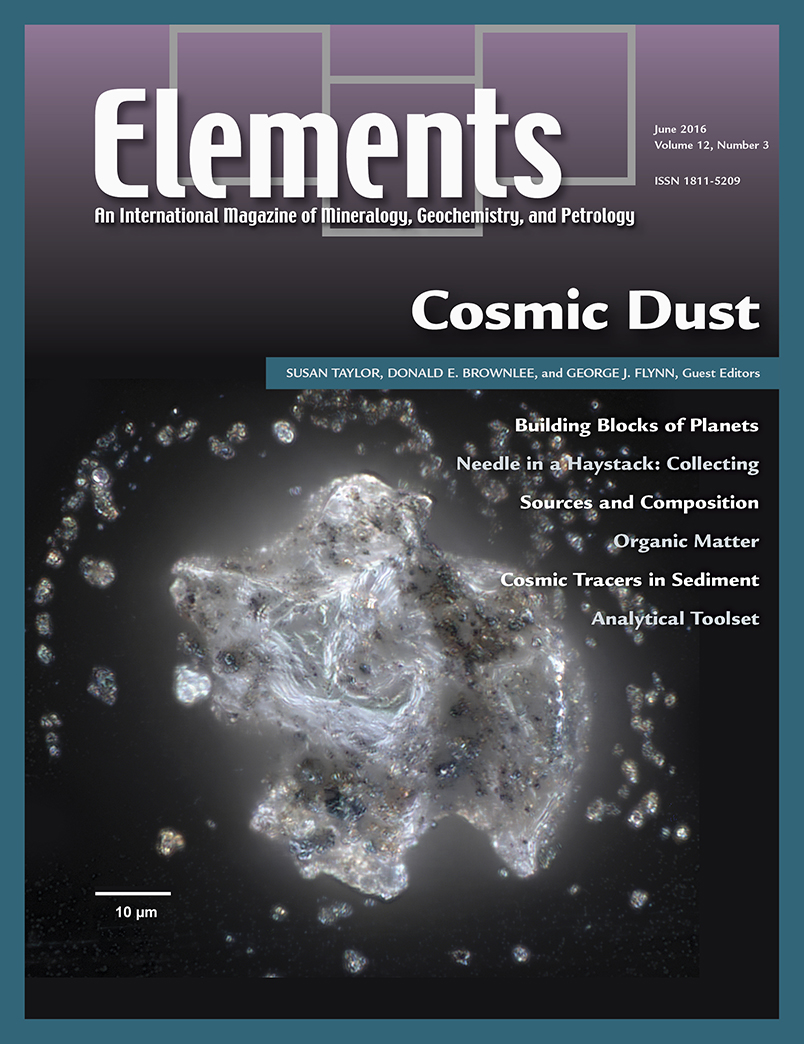
Anyone who lives in an arid environment can attest to the seemingly endless task of cleaning dust off furniture. The Elements editorial office is located in sunny eastern Washington (USA) where tumbleweeds and sagebrush are in abundance. And so is the dust.
About v12n2, Nancy Ross is Next PE, and From the EC
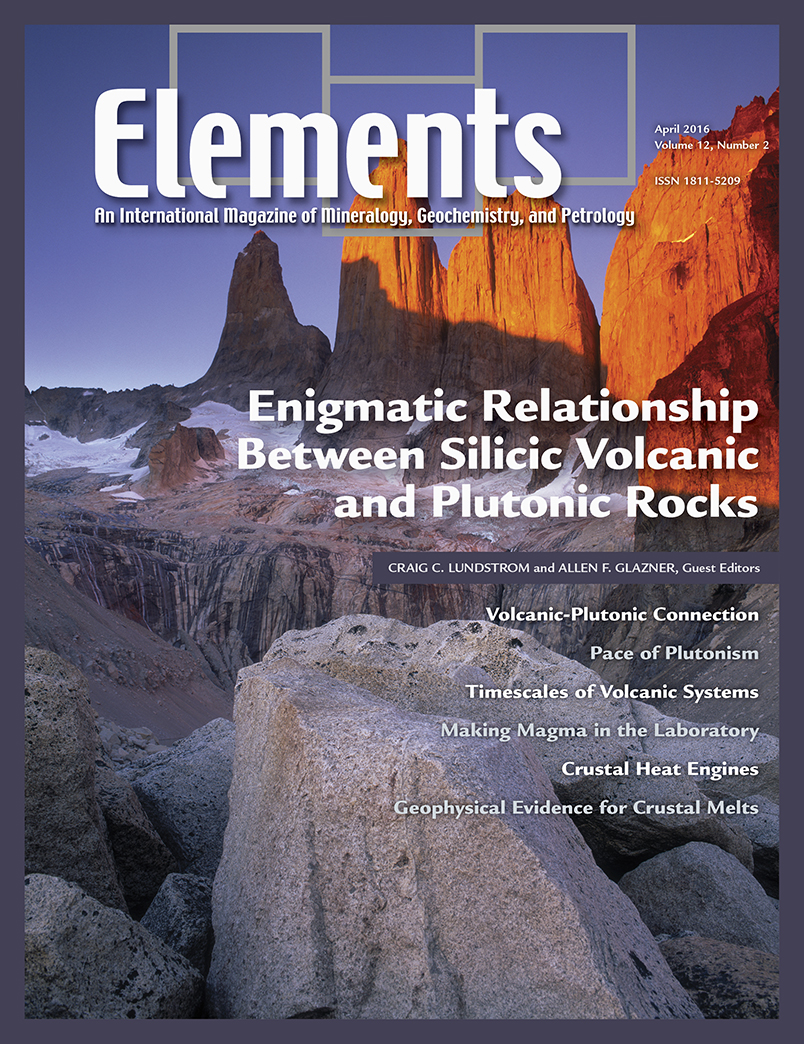
Despite some 300 years of scientific investigation into the origin of granite, scientists still do not have an accepted and agreed explanation for this archetypal igneous rock of the Earth’s continental crust. Although one of the most common rock types on our planet, granite (and its volcanic equivalent, rhyolite) is exceptionally difficult to understand.
About v12n1, Introducing Friedhelm von Blanckenburg
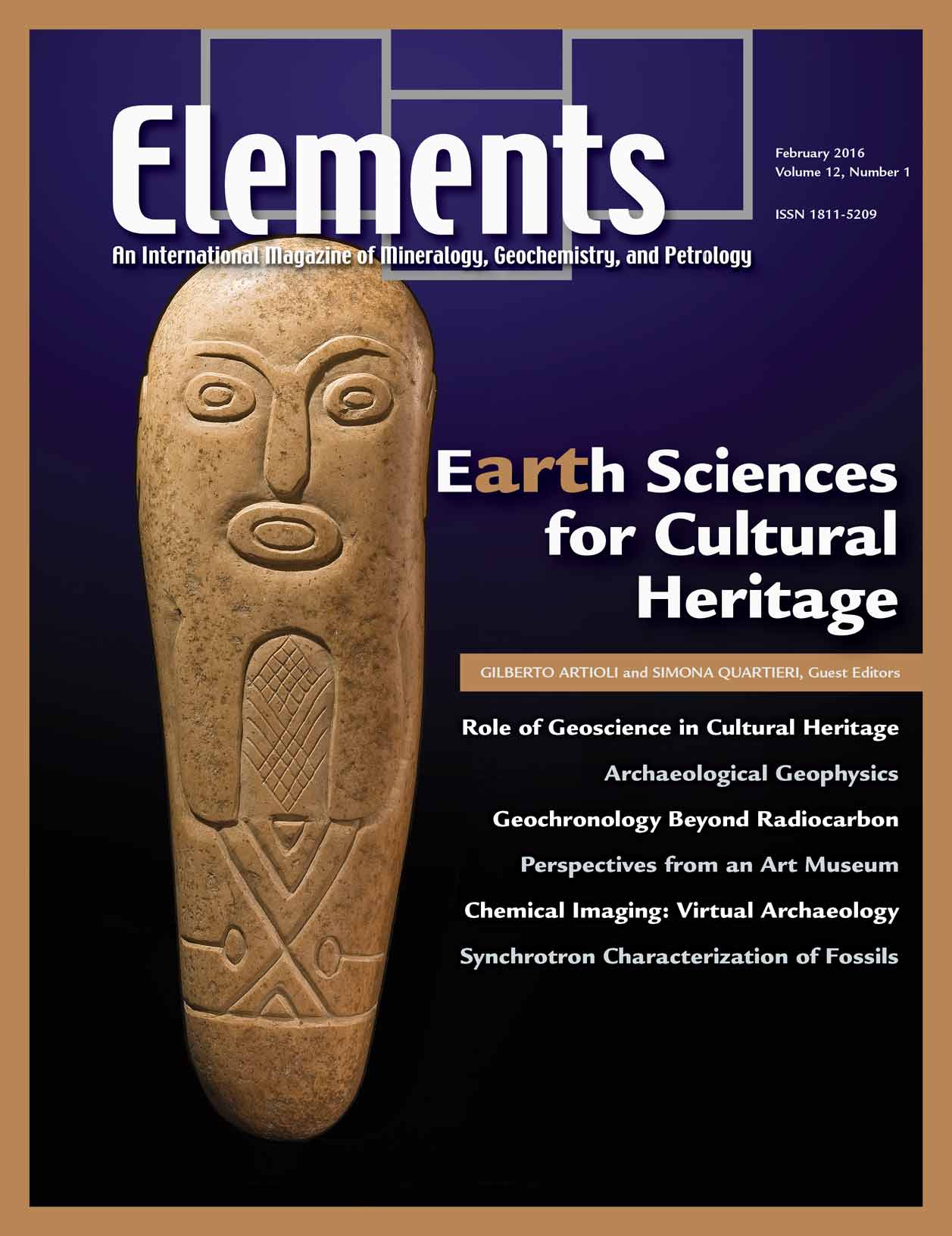
Cultural heritage often brings to mind valuable artifacts, artwork, ancient manuscripts, and historic monuments and buildings. But, cultural heritage involves more than just the material objects: it also consists of the more tangible elements such as the values, oral history, traditional craftsmanship, and the knowledge and skills that are transmitted across generations. Cultural heritage provides a window through which we can learn about our past and which ultimately prepares us for the future.

